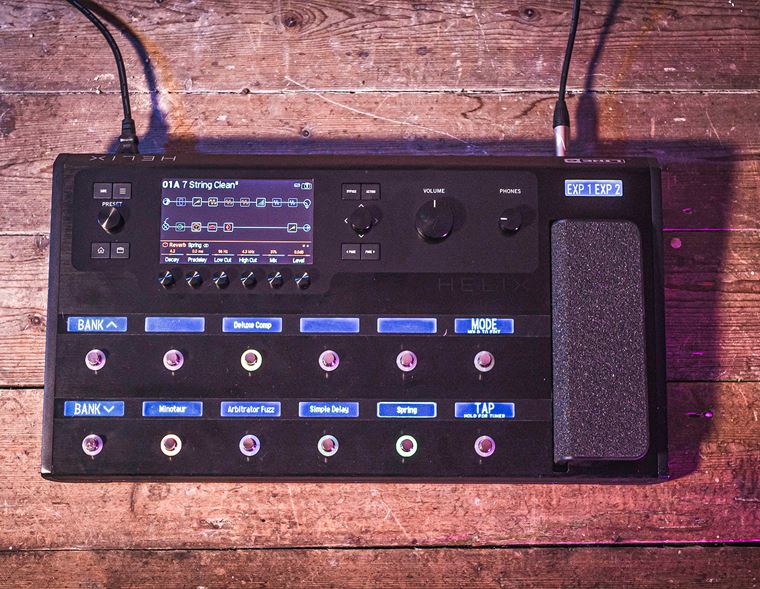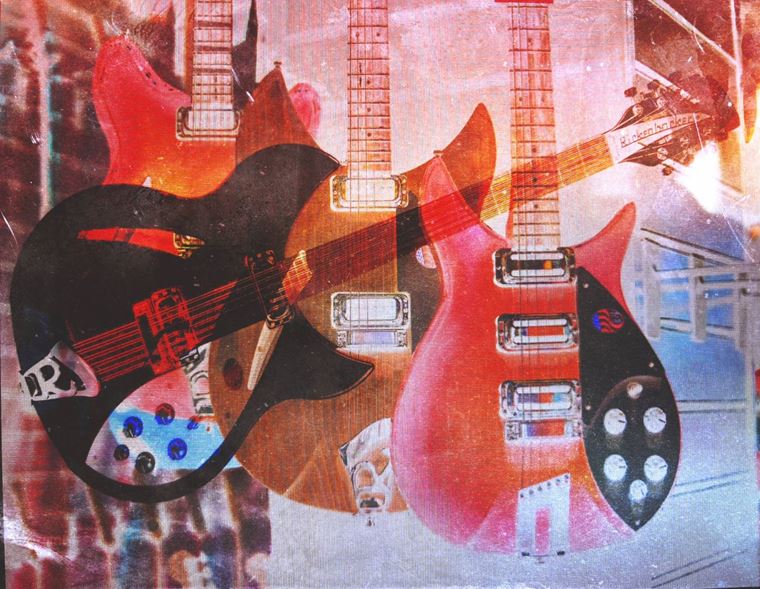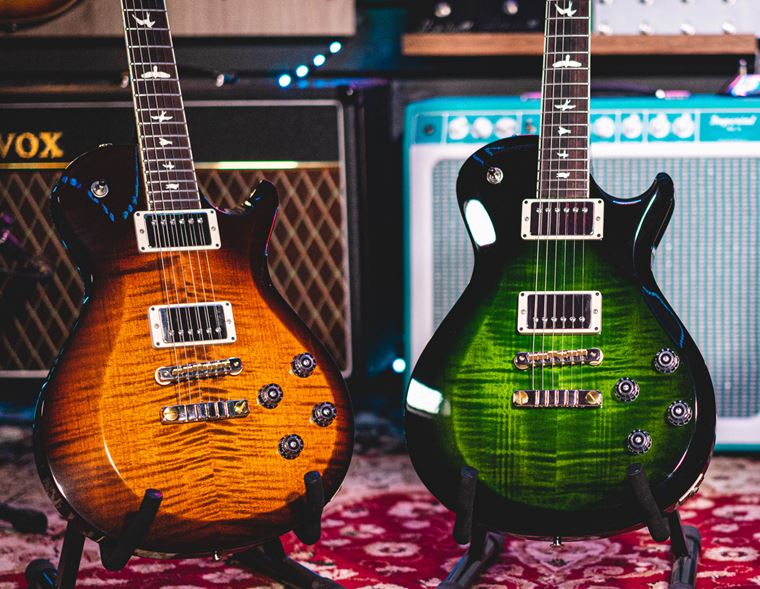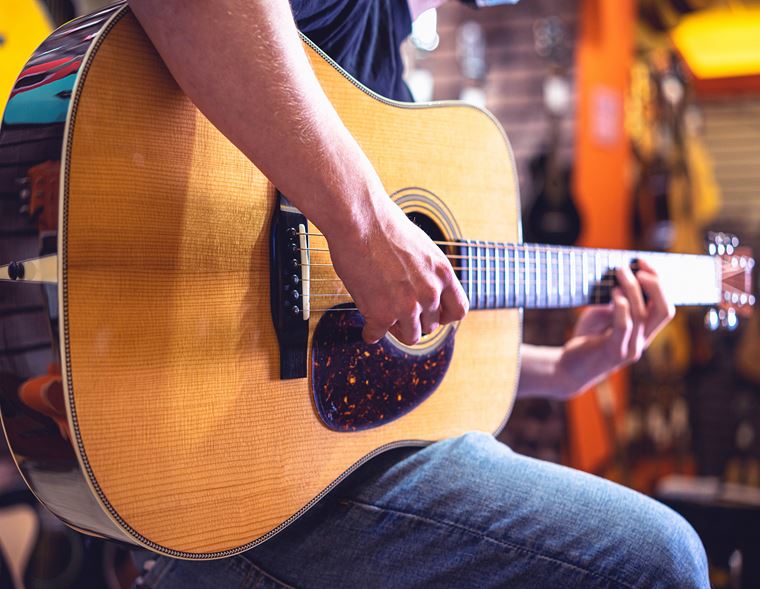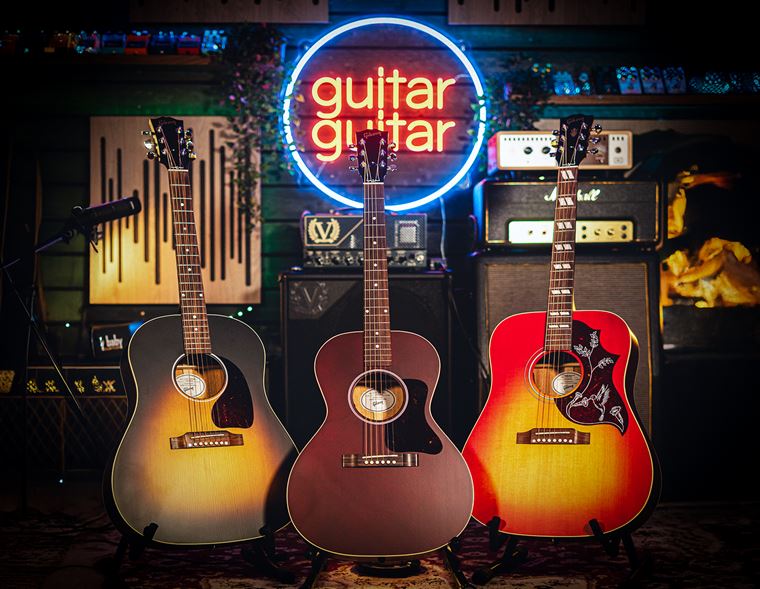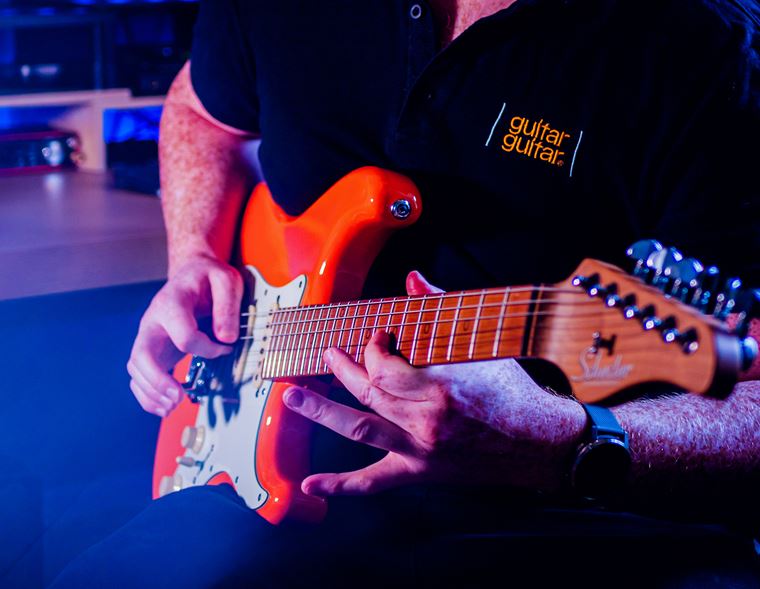3 Tips for Improving Dexterity
When you break it all down, playing the guitar is really about nothing more than control and creativity. Creativity is an obvious factor, given that writing your own licks and riffs, or even just putting your own spin on what you learn is an essential part of playing. However, control is often overlooked. A great guitarist is always in control of their instrument and has the experience and dexterity to make the sound in their head come to life. Now, that’s not an easy thing to accomplish and it takes a tremendous amount of time and patience to get there. So, we thought we’d share a few great tutorials and tips for building dexterity and ultimately, the control that will make you great.
Warm up
You wouldn’t start a heavy workout without warming up a little first and playing the guitar is the exact same. Think about how tired your fingers get after you’ve been playing a while, doesn’t it make sense to have a little bit of a warm up beforehand? Course it does. Give your hands a stretch and run through a couple of quick exercises to get the blood flowing before you dive into anything too complex. In this lesson by Nate Savage, you can learn a few really handy practice techniques that are great to get warmed up and to improve overall strength, flexibility and control.
Work on form
This may sound boring and possibly frustrating… Well, honestly? It kind of is. That’s the thing though, it takes a lot of practice and patience to build up dexterity and your form is absolutely essential. So what does form mean exactly? Well, it includes how you hold your guitar, how your hands and fingers move but also the way you approach the instrument. For many of us, bad habits feel way too comfortable to ever fix but stepping outside of your comfort zone is exactly what it takes to step your game up!
In the next clip, Paul Davids (whose YouTube channel is tremendous by the way) breaks down building dexterity into three real considerations - not moving unnecessarily, building finger independence and minimizing pressure on your fretting hand. Have a go and try not to go insane...
Create exercises and challenges for yourself
This is probably our number one tip - make a game out of it. If you challenge yourself, you’re always going to improve and this is no different. Essentially all we’ve shown you are the exercise that other guitarists' have made up - you can do the exact same thing. The difference is, you can totally tailor the exercises to your sound, playing style or preferred genre. If you have preferred scales, riffs or licks that you love, work on really slowing them down and thinking about what each finger is doing. Push yourself to try new chord shapes that feel unnatural and move in and out of them. Remember, the most important thing is that you dedicate time to this if you want to see results. Simply take 15 minutes out of each practice session and do your homework - your playing will thank you for it!
In the final clip we’ve picked out, Rob from Swift Lessons shares 3 of his go-to exercises to give you some inspiration. If you’re stuck, any of these will work wonders but we’d thoroughly recommend having a go at creating your own too.
Final Thoughts
Like we said earlier, patience is what will get you there really. These exercises are great but they don’t work if you only do them as a one-off. Incorporate them into part of your warm up routine and fit your own in alongside them. Gradually over time, we promise you’ll notice a huge difference! Rock legends aren't made overnight you know!



